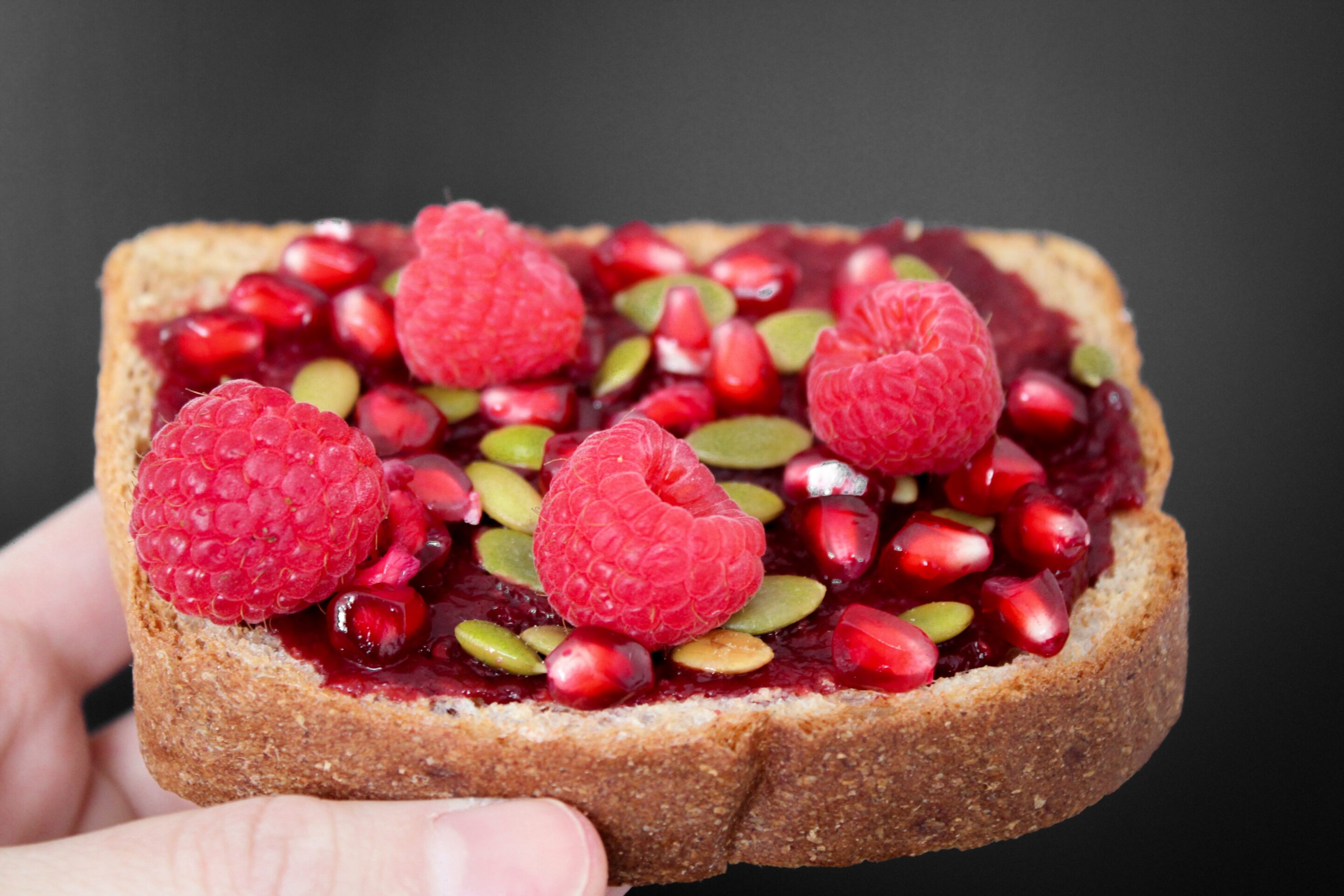The DASH diet emphasizes proper portion sizes, variety of foods, and nutrients. Discover how the DASH diet can improve your health and lower blood pressure and check out the weekly menu.
The DASH diet (Dietary Approaches to Stop Hypertension) is a lifelong approach to a healthy diet aimed at treating or preventing high blood pressure (hypertension). It encourages you, yes reduce sodium in your diet and you eat a variety of foods rich in nutrients that help lower blood pressure, such as potassium, calcium, and magnesium.
By following the DASH diet, you may be able to lower your blood pressure slightly in just two weeks. Over time, however, systolic blood pressure can drop by eight to 14 points, which can significantly change your health risk.
Because it is the DASH diet a healthy way of eating is said to offer other health benefits in addition to lowering blood pressure. The DASH diet is also in line with nutritional recommendations for the prevention of osteoporosis, cancer, heart disease, stroke and diabetes.
The DASH Diet: Sodium Levels
The DASH diet emphasizes eating vegetables, fruits, and low-fat dairy, as well as moderate amounts of whole grains, fish, poultry, and nuts. In addition to the standard DASH diet, there is also a lower sodium version. You can choose the version of the diet that meets your health needs:
- the standard DASH diet: you can consume up to 2,300 mg of sodium per day;
- the lower sodium DASH diet: you can consume up to 1,500 mg of sodium per day.
For the basic functioning of the body, i.e. these physiological needs, adolescents and adults only need daily 1.4 g of salt, and children, given their lower body weight, even less, at the age of 1 to 4 years 0.8 g of salt (source: NIJZ). If you're not sure what sodium level is right for you, talk to your doctor.
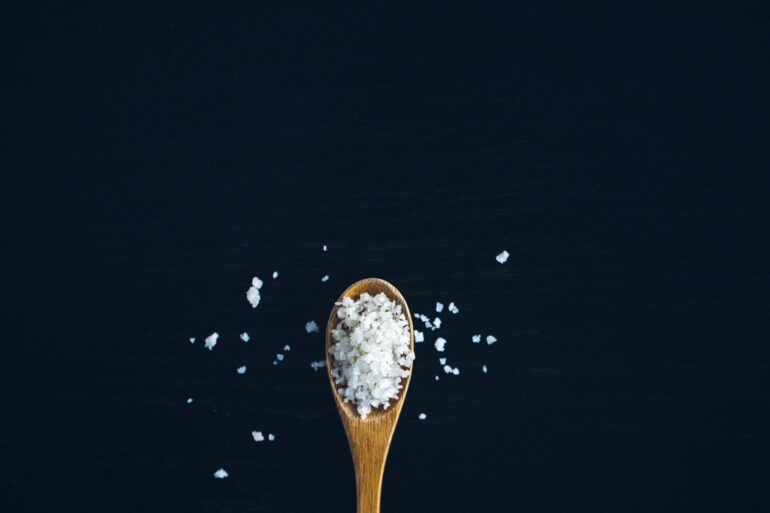
The DASH Diet: What to Eat
Both versions of the DASH diet include plenty of whole grains, fruits, vegetables, and low-fat dairy products. The DASH diet also includes some fish, poultry and legumes, and encourages smaller amounts of nuts and seeds a few times a week. You can eat red meat, sweets and fats in small quantities. The DASH diet is low in saturated fat, trans fat, and fat in general.
Here is an example of recommended servings from each food group for the 2,000-calorie-a-day DASH diet.
Cereals: 6 to 8 servings per day
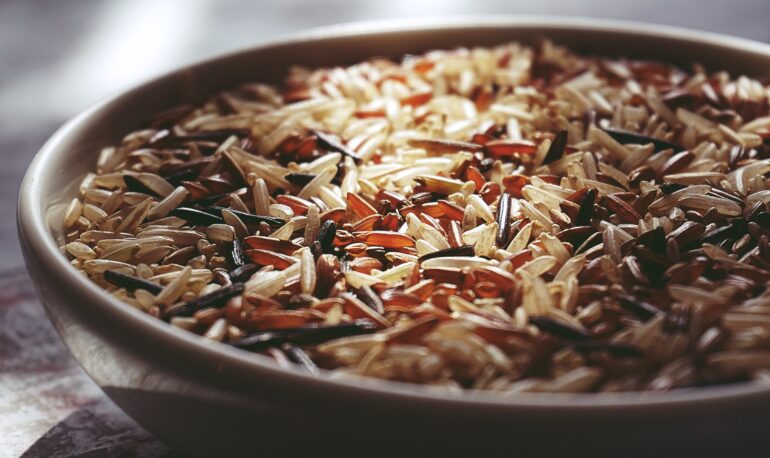
Cereals include bread, cereals, rice and pasta. Example of one serving of cereals includee 1 slice of wholemeal bread, 28 g of dry cereals or half a cup of cooked cereals, rice or pasta.
Focus on whole grains, as they have more fiber and nutrients than refined grains. For example, use brown rice instead of white rice, whole wheat pasta instead of regular pasta, and whole wheat bread instead of white bread. Look for products labeled “100% whole grain”.
Cereals are naturally low in fat. Avoid sauces with butter, cream and cheese.
Vegetables: 4 to 5 portions per day

Tomatoes, carrots, broccoli, sweet potatoes, collard greens and other vegetables are full of fiber, vitamins and minerals such as potassium and magnesium. Example of one serving include 1 cup raw leafy greens or 1/2 cup chopped raw or cooked vegetables.
Don't just think of vegetables as a side dish – a hearty mix of vegetables served with brown rice or whole grain noodles can be the main ingredient of a meal.
When buying frozen and canned vegetables, choose those labeled low sodium or no added salt.
If you want to increase the number of servings of vegetables, get creative. For example, halve the amount of meat and double the amount of vegetables.
Fruit: 4 to 5 servings per day

Fruit is a healthy part of a meal or snack. Like vegetables, it is rich in fiber, potassium and magnesium and is usually low in fat – coconut is an exception. Example of one serving include one medium-sized fruit, half a cup of fresh, frozen or canned fruit, or 113 ml of fruit juice.
Have a piece of fruit with meals and one piece for a snack, then round off the day with a fresh fruit dessert topped with low-fat yogurt. Leave the edible skins on the fruit whenever possible. The skins of apples, pears and most fruits add an interesting texture to recipes and contain healthy nutrients and fiber.
Remember that citrus fruits and juices such as grapefruit can be an unfortunate combination with some medicines, so check with your doctor or pharmacist if they are suitable for you.
If you choose canned fruit or juice, make sure there is no added sugar.
Dairy products: 2 to 3 servings per day

Milk, yogurt, cheese and other dairy products are the main sources of calcium, vitamin D and protein. But the key is to make sure you choose low-fat or fat-free dairy products, because otherwise they can be a huge source of fat – and most of it is saturated. One serving example includes 1 cup skim or 1 percent fat milk, 1 cup low-fat yogurt or semi-skimmed cheese.
Low-fat or fat-free frozen yogurts can help you increase the amount of dairy you eat while also being a sweet treat. Add fruit!
If you have problems digesting dairy products, choose lactose-free products.
Plain cheeses and even fat-free cheeses have a lot of sodium, so be careful with them!
Lean meat, poultry and fish: 6 servings of 28 g per day
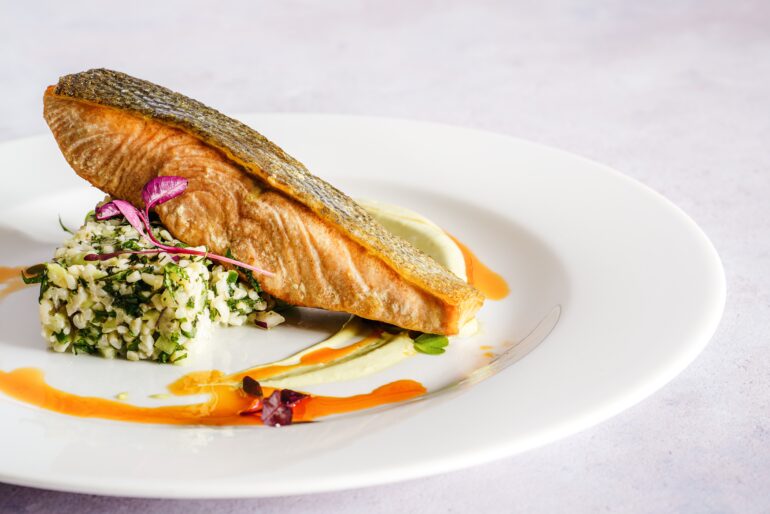
Meat can be a rich source of protein, B vitamins, iron and zinc. Choose lean meats and aim for no more than 6 meals a day. If you reduce the proportion of meat, you will have room for more vegetables. Example of one serving include 1 egg or 28 g of cooked meat, poultry or fish.
Trim the skin – the fat – from poultry and meat, then boil, bake or grill it, never fry it in the fat.
Eat heart-healthy fish like salmon, sardines, and tuna. These types of fish are high in omega-3 fatty acids, which are healthy for your heart.
Nuts, seeds and legumes: 4 to 5 servings per week

Almonds, sunflower seeds, beans, peas, lentils and other foods in this family are good sources of magnesium, potassium and protein. They are also full of fiber and phytochemicals, which are plant compounds that may protect against certain types of cancer and cardiovascular disease. Portion sizes are small and should only be eaten a few times a week because these foods are higher in calories. Example of one serving include 1/3 cup nuts, 2 tablespoons seeds or nut butter, or 1/2 cup cooked beans or peas.
Nuts do contain healthy types of fats - monounsaturated fats and omega-3 fatty acids, but they are high in calories, so eat them in moderation. Try adding them to salads or cereal.
Soy-based products such as tofu and tempeh can be good alternatives to meat as they contain all the amino acids your body needs.
Fats and oils: 2 to 3 servings per day
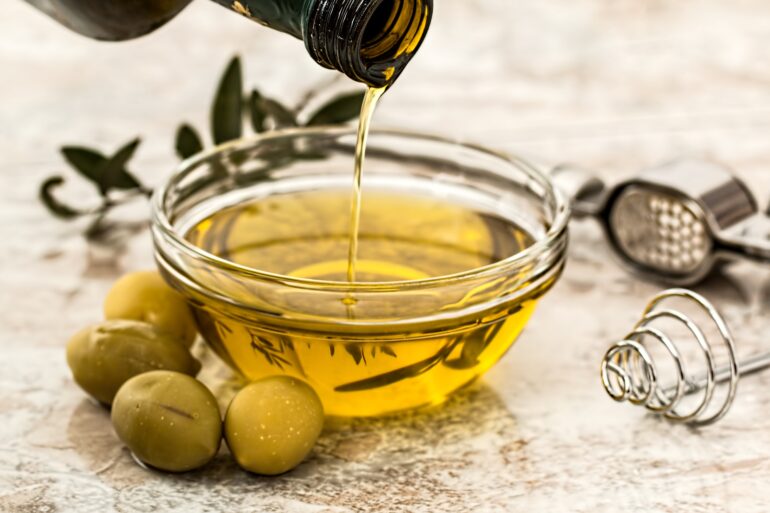
Fat helps the body absorb essential vitamins and supports the immune system. But too much fat increases the risk of heart disease, diabetes and obesity.
The DASH diet strives for a healthy balance by limiting total fat to less than 30 percent of daily calories from fat, with an emphasis on healthier monounsaturated fats. Example of one serving include 1 teaspoon of soft margarine, 1 tablespoon of mayonnaise or 2 tablespoons of salad dressing.
Saturated and trans fats are the main dietary culprits in increasing the risk of coronary artery disease. The DASH diet helps keep saturated fat to less than 6 percent of total calories by limiting meat, butter, cheese, whole milk, cream and eggs in your diet, along with palm and coconut oils.
Avoid fats often found in processed foods such as crackers, pastries, and fried foods. Read the labels on margarine and salad dressing so you can choose foods that are low in saturated fat and fat-free.
Desserts: 5 servings or less per week

You don't have to completely cut out sweets while following the DASH diet—just cut back. Example of one serving include 1 tablespoon sugar, jam or marmalade, 1/2 cup sorbet or 1 cup lemonade.
When you eat sweets, choose fat-free or low-fat ones, such as sorbets, fruit ice cream, hard candies, graham crackers or low-fat cookies.
Artificial sweeteners like aspartame and sucralose can help satisfy your sweet tooth. But remember that you still need to use them wisely
Cut back on added sugar, which has no nutritional value but can contain calories.
The DASH Diet: Alcohol and Caffeine
Drinking too much alcohol can increase blood pressure. The Dietary Guidelines recommend that men limit alcohol to no more than two drinks per day and women to one or less.
The DASH diet does not address caffeine. However, caffeine can cause your blood pressure to rise, at least temporarily. If you already have high blood pressure or if you think caffeine is affecting your blood pressure, talk to your doctor about caffeine consumption.
The DASH diet and weight loss
Although the DASH diet is not a weight loss diet, you can really lose unwanted pounds, as it can lead you to make healthier food choices.
The DASH diet typically includes about 2,000 calories per day. If you're trying to lose weight, you may need to eat fewer calories. You may need to adjust the portions based on your individual circumstances – something your GP can also help you with.
Tips for reducing sodium
Foods at the core of the DASH diet are naturally low in sodium. You can also reduce sodium by:
- use sodium-free spices or flavorings instead of seasonings with salt;
- do not add salt when cooking rice, pasta or cereals;
- wash canned food to remove some sodium;
- buy foods labeled “no added salt”, “sodium free”, “low sodium” or “very low sodium”;
One teaspoon of table salt contains 2,325 mg of sodium. When you read food labels, you may be surprised at how much sodium some processed foods contain.
Even low-fat soups, canned vegetables, ready-to-eat cereals and turkey from your local deli—foods you may have thought were healthy—are often high in sodium.
Try these strategies to get started on the DASH diet
Change your diet gradually. If you now only eat one or two servings of fruit or vegetables a day, try adding a serving at lunch and one at dinner. Instead of switching to all whole grains, start with one or two servings of whole grains. Gradually increasing your intake of fruits, vegetables, and whole grains can also help prevent digestive problems that can occur if you're not used to eating a high-fiber diet.
Reward your successes and forgive yourself for slip-ups. Reward yourself for your achievements (not with food) - watch a movie, buy a book or hang out with friends. We all fail, especially when learning something new. Remember that changing your lifestyle is a long-term process. Figure out what triggered your failure, then just keep going there with the DASH diet.
Add physical activity. To boost your blood pressure-lowering efforts, consider increasing your physical activity in addition to following the DASH diet. A combination of the DASH diet and physical activity is more likely to lower your blood pressure.
Get support if you need it. If you have trouble following your diet, talk to your doctor or dietician. You may get some tips to help you stick to the DASH diet.
Remember that a healthy diet is not "all or nothing". The most important thing is to eat a wider variety of healthy foods on average – both to maintain your diet recommendations and to prevent boredom or extremes in your diet.



